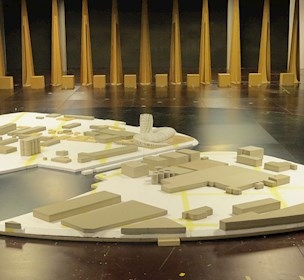Wind tunnel tests of wind loads on buildings and structures
As a part of our aerodynamic services, we conduct wind tunnel tests to assist engineers performing wind load calculation and assessing wind loads on buildings and structures.
A pleasant wind environment around a structure or site can prove to be the key to its economic success and viability. We carry out wind tunnel tests, so this can be achieved.
Engineers and architects from around the world face the challenge of decreasing the impact of wind on structures and their built environment. This can often be particularly challenging as structures may have an architecturally unique shape, and therefore are not covered by traditional design codes and standards.
Design wind loads on buildings and structures
We advice on the feasibility and the structural consequences of a proposed design, the effects of the structure on the built environment and the likelihood of pedestrian and occupancy comfort problems. Furthermore, we advise on corrective measures for existing wind-related problems that may occur during or after completion of a project.
Surface pressures and cladding loads can be determined for even the most unusual structures using our High-Frequency Pressure Acquisition System. Wind-tunnel testing of scaled models under simulated site-specific climatological conditions can provide both static and dynamic wind pressure loads and coefficients that can be used directly for structural design.
Structural wind loads can be provided using several tried and tested techniques or a combination of these. For this purpose, a dynamic 6-DOF Force Balance System with a lightweight model can be used to determine wind-induced structural base reactions, such as overturning moments and shears. Additionally, acquired surface pressures can be integrated to provide both local and global structural loads. Comparisons with existing engineering codes may be undertaken simultaneously.
Dynamic wind load analysis
In order to evaluate the fluid-dynamic interaction between wind and structure we offer aeroelastic and/or section model testing of a structure or its components to physically determine the dynamic behavior of the structure. Using experimental testing equipment, e.g. High Reynolds Number Rig with simultaneous pressure acquisition and Vortex Induced Motion System, we offer concrete explanations to your fluid-dynamic phenomena.
With our software and theoretical models, we can effectively determine the dynamic response of your structure and its subcomponents using known wind load models or acquired load time-histories. Using our in-house software and Finite Element packages, we can model the most complex structures and provide information on linear and non-linear response in both the frequency and the time-domains.
Occupancy comfort and structural fatigue
Through dynamic analysis and/or testing, the vibrational characteristics of a structure can be determined. Using this information and well established comfort criteria, we can assess the expected occupancy comfort of your structure. Additionally, we address the undesirable short or long-term consequences of structural vibrations, such as fatigue, and suggest performance improvements.
Wind environment
Using sophisticated wind models and wind-tunnel testing, we can assess the wind comfort of a site for pedestrians, the dispersion of gases and plumes, the wind climate around buildings and the dispersion of e.g. snow, pollen and rain.
The investigation of the pedestrian level wind field provides the basis for an understanding of the shortcomings in wind comfort conditions in built-up areas. Here, various techniques are employed depending on the applicability of each for a particular case. Information on the flow field is indispensable for the evaluation of counter measures to improve the existing comfort situation.
In combination with studies of the local flow field erosion tests give detailed description of the ground-near wind conditions affecting pedestrian activities to different extents. Flow direction, level of shelter or exposure to wind and the measured characteristics of the turbulent wind give a complete set of information on the local pedestrian level wind flow.
Wind conditions across landscapes
For buildings constructed in hilly or mountainous terrain, it is important to establish the flow conditions in order to have a correct representation of the wind in the design.
In the wide boundary-layer wind tunnel we are able to test large-scale terrain models of the building surroundings. Our tests provide the designers with an accurate description of the wind at the site when e.g. relevant meteorological records are not available, or there is a need to correlate existing meteorological data from a distant station with the conditions at the construction site.
Based on digital maps of the site the terrain surface is described using 3D CAD-software. From this software, milling files for our work shop’s automatic milling machine are generated. This permits a fast and precise model production.
The terrain model investigations are normally conducted for areas covering several kilometres. Typical model scales are 1:1000 to 1:2000.
Dispersion tests
The wind plays an important role in the dispersal of pollutants and smoke from chimneys, smoke stacks, building exhaust outlets and automobile exhaust systems. The absence of wind, creates stagnant and potentially dangerous areas by concentrating harmful gases.
On the other hand, extremely turbulent flow can result in the pollutants recirculating into air intakes, deteriorating the internal air conditions. Visualisation of possible smoke recirculation in the wind tunnel, or numerically, with varying wind angles and speeds, for various configurations of outlet, can help identify potential problems. Once these areas are identified, measurements of actual concentrations of tracer gases using a hydro-carbon analyser or numerical methods can be made.
The test programme typically includes
- flow visualisation by smoke and/or neutrally-buoyant helium-filled soap bubbles
- tracer-gas concentration measurements

Facility
Wind tunnels
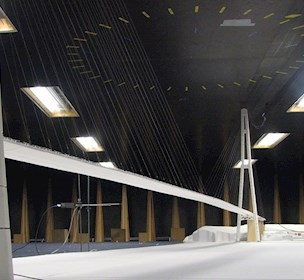
Aerodynamic assessment of bridges
/Service
Test of components, sections and scale models of bridges.
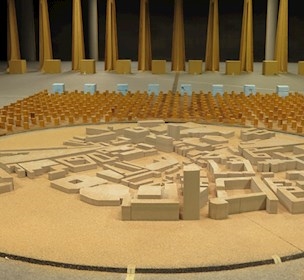
Aviation aerodynamics
/Service
Aerodynamic services related to the operation of aircrafts and planning of related facilities.
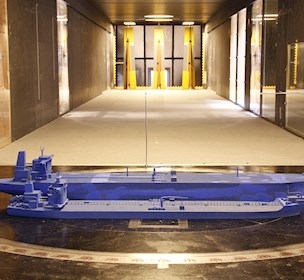
Aerodynamic assessment of vessels
/Service
Wind tunnel test can ensure that the vessel meets the operational and class requirements.
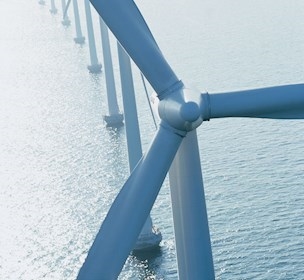
Aerodynamic assessment of wind turbine wings
/Service
Aerodynamic services related to wind energy, e.g. sitting in complex terrain or icing on blades.
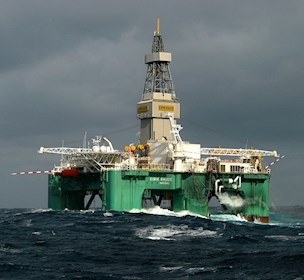
Aerodynamic tests for offshore structures
/Service
We perform wind tunnel studies for the offshore industry on numerous types of offshore structures.


